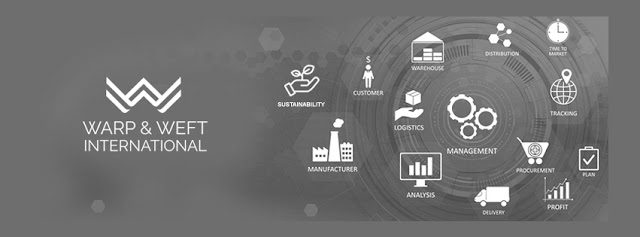Re-Thinking Supply Chain Architecture
Digital technology has transformed the historical processes used for supply chain decision-making. At the recent Gartner Supply Chain conference, an analyst pointed out that to remain competitive in the future you have to go beyond enabling a digital supply chain and into a digital ecosystem across your network.
Looking at the success stories of companies like Uber, Airbnb, Alibaba, and Facebook, how are so many other companies still struggling to enable a digital ecosystem within their supply chain networks? This is because their business is designed to be enterprise-centric, rather than network-centric.
As we move forward, companies from all industries need to find new leverage beyond the enterprise in order to compete and deliver results. Major groups like McKinsey, Gartner and IDC have recently published reports on the advantages of Global Supply Chain Networks.
Unfortunately, most companies find themselves unable to generate these Network-based results because their business operating system (BOS) was enterprise-centric. An enterprise-based technology is not capable of enabling a Network-based BOS – hence, the undesired results.
A Dual Platform strategy enables you to leverage the benefits of network-centric and the old systems simultaneously. However, the Network BOS is taking the lead by operating in the cloud and enabling all planning, operations, orders, logistics and fulfilment across all trading partners. Leveraging a Dual Platform approach, you can solve three major problems – how to get competitive advantage in today’s marketplace; how to eliminate the costs of maintaining and migrating the current processes, and how take advantage of new market opportunities.
Warp Weft International, one of the leading supply chain management companies based out of New Delhi, India.

Comments
Post a Comment